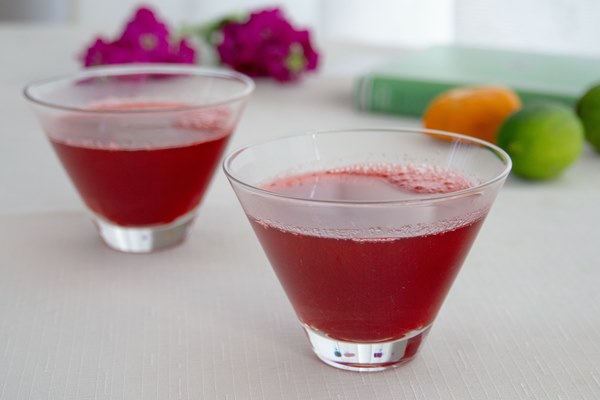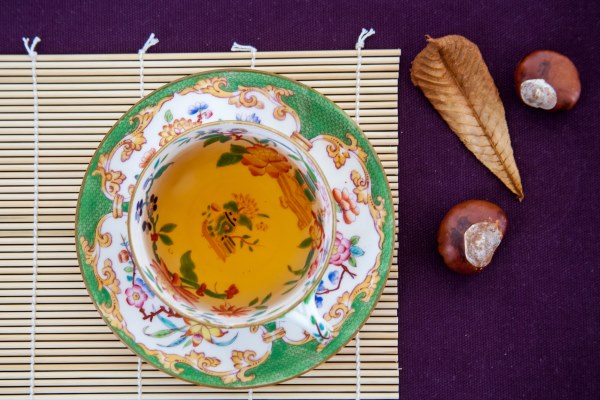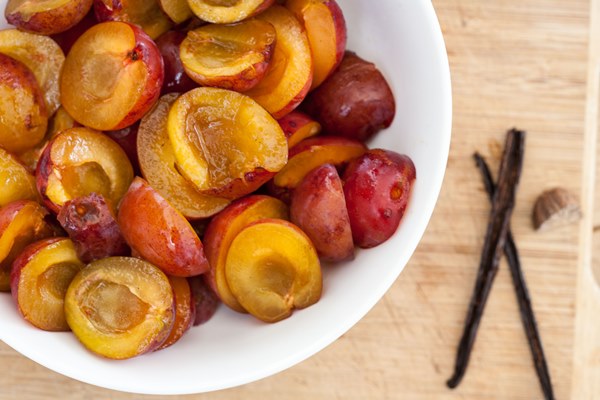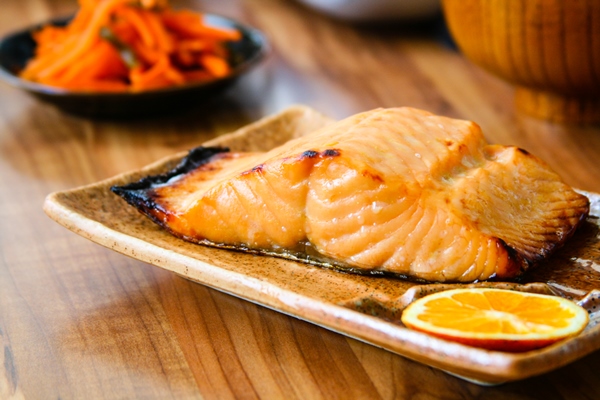Cranberry Mors : Ruby Red Drink
I love the bold acidity of cranberries. Sometimes when I cook with them, I keep a few berries aside to eat raw and their combination of bitterness and tartness always takes me by surprise. Yet, if I wait a moment, I taste a floral sweetness, with a hint of red currant. When I make something with cranberries, I select simple recipes that allow these facets to shine, and more of often than not, I return to my grandmother’s recipe for cranberry mors, a fruit drink.

Mors is the whole world of Russian fruit beverages made with strawberries, currants, gooseberries, blueberries or cloudberries, those unique berries with a taste of cardamom that grow in the northern lands. My paternal grandmother Daria was born in the region of Russia edged in between Ukraine and Belarus, and she remembered going to the forest to pick berries and prepare enough mors to last the family of 12 through the winter.
The traditional method to make cranberry mors was to cover berries with water and leave them to ferment naturally. However, when Daria moved to Ukraine and settled in Kyiv, the capital city, she began to make mors differently, by cooking the berries. Daria’s recipe was simple, but it was ingenious in the way it preserved vitamins and freshness.



















Kitty go in Perfume To Brighten Up Your Spring Days: I just bought P de Nicolaï Une Fleur en Mai and it is precisely that…a version of LOV that ends warm w musk but opens zingy w citrus April 19, 2024 at 9:22am